Main Sponsors
-
 Reiso Pécs
Reiso Pécs -
 Hotel Lycium****
Hotel Lycium**** -
 Pécs ZOO
Pécs ZOO -
 http://www.mecsekegyesulet.hu/
http://www.mecsekegyesulet.hu/ -
Doro Ékszer
-
 Hetényi Pincészet
Hetényi Pincészet -
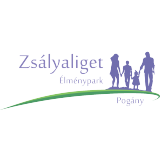 Zsályaliget Élménypark
Zsályaliget Élménypark -
 Fabrik Barkács Szaküzlet
Fabrik Barkács Szaküzlet -
 Katica tanya
Katica tanya -
 E.ON Hungary
E.ON Hungary -
 http://www.ipark-pecs.hu/
http://www.ipark-pecs.hu/ -
 https://www.otpbank.hu/otpklub/Fooldal
https://www.otpbank.hu/otpklub/Fooldal -
 http://www.pecsibalett.hu/hindex.html
http://www.pecsibalett.hu/hindex.html -
 www.lakics.hu
www.lakics.hu -
 Gépszer
Gépszer -
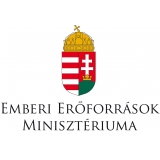 http://www.kormany.hu/hu/emberi-eroforrasok-miniszteriuma
http://www.kormany.hu/hu/emberi-eroforrasok-miniszteriuma -
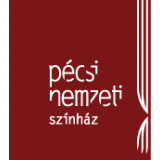 http://www.pnsz.hu/
http://www.pnsz.hu/ -
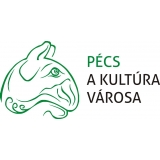 http://www.pecs.hu/
http://www.pecs.hu/ -
 Mischl Autóház
Mischl Autóház -
 Öko-Trade Ltd
Öko-Trade Ltd -
 Bóly and Vicinity Savings Bank
Bóly and Vicinity Savings Bank -
 Mecsekerdő Forestry Ltd
Mecsekerdő Forestry Ltd -
 http://www.deltakarek.hu/
http://www.deltakarek.hu/ -
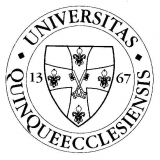 University of Pécs
University of Pécs -
 http://kloe.hu/
http://kloe.hu/ -
 http://www.lafarge.hu/
http://www.lafarge.hu/ -
 http://www.gondoldo.hu/
http://www.gondoldo.hu/

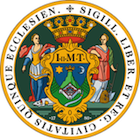
The consecration of spring
13 Mar 2009. 19:30 | Béla Bartók National Concert Hall (Palace of Arts)
The consecration of spring - 2009, Budapest |
- Gabriel Fauré: Pelléas et Mélisande, op.80: Suite
- Alberto Ginastera: Concerto, harp, op.25
- Claude Achille Debussy: Images (Gigues, Ibéria, Rondes de printemps)
Programme
Orchestra
Pannon Philharmonic OrchestraConductor
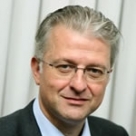
Christian Gansch
Christian Gansch was born in Austria in 1960 and studied piano and violin at the Hochschule in Vienna. From 1977 to 1981 he was leader of the Vienna Chamber Orchestra and during their frequent international tours often performed with them as soloist.
MoreSoloist

Xavier de Maistre
Xavier de Maistre is a true advocate of French chamber music, hailed in musical circles as an artist who releases the harp from the silky textures – admirable enough, but often soporific – to which it is too often confined.… More